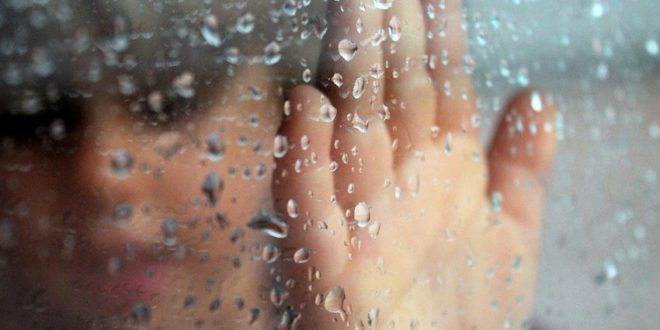When Winter Makes You SAD
Winter can debatably be one of the most enjoyable times of the year. It’s as if nature has given us permission to turn up the heating, tune into Netflix, and reach for a glass of mulled wine or juice. It’s a kick-back period of rest and relaxation, and a chance to recharge the batteries. Unfortunately, that’s not how it feels for everyone. For sufferers of the diagnosable winter melancholy, SAD, winter can pose difficult mental health challenges.
SAD (Seasonal Affective Disorder – sometimes called ‘seasonal depression’) strikes a small but significant proportion of people living in parts of the globe that experience shortened daylight hours during the cooler months. Not surprisingly, the disorder was first diagnosed in Scandinavia where between 15% and 20% of the population is affected.
While some sufferers of SAD experience symptoms mild enough they don’t impact their daily lives, others find the condition overwhelming, and require medical treatment. For anyone who suffers from SAD, it is a very real concern, and a far cry from the occasional wish for a warmer, brighter day.
Fortunately, SAD differs significantly from general depression, in that it abates once longer daylight hours begin to return. However, the symptoms are similar and include feeling sad, empty and irritable, having a lack of interest and enjoyment in life, an unhelpful change in appetite and sleep patterns, and a decrease in energy levels and fitness. A lack of feeling, and thoughts of hopelessness, and even death, can impinge, and a difficulty in thinking and concentrating can creep in. These symptoms generally arrive gradually as the daylight hours decrease.
Because there are no medical tests for SAD, it’s important to see your doctor right away if you feel you may be suffering from the disorder. An early visit will enable your G.P. to understand if the symptoms are appearing and reducing according to the seasons, something which needs to be observed for a period of two years in order to make an accurate diagnosis.
Although SAD can seem like a mysterious disorder, it can be simply explained when we understand something of the body’s chemistry. Melatonin and serotonin are hormones that play an important part in our circadian rhythm – the patterns of sleep and hunger we experience on a daily basis. They rely on daylight and twilight for clues as to when they should be released into the body. Any disruption to the circadian cycle upsets this release, as those who have experienced the debilitating affects of jet lag well know. In fact, even too much ‘blue light’ (from devices, including mobile phones) can disrupt the release of these important body chemicals.
With a reduction in daylight hours, the change in the release of melatonin and serotonin into the blood stream can signal to the body that it should begin hunkering down into a state of semi-hibernation. As we know from reading about other mammals that enter this state, the urge to hibernate brings on a need to eat more, slow down, and sleep longer. If we really were about to hibernate, these signals might be helpful, but for human beings, they become the source of SAD
Sufferers of SAD are absolutely not to blame for their disorder, and fortunately, treatment is available in the form of light therapy and medication. For all of us, however, SAD is a very good reason to take good care of our physical and mental health during the winter months. If you live alone, find a buddy you can interact with on a regular basis (for help with this, you may like to contact St John’s Caring Caller service). Dress warmly, and get outside for a brisk walk and a visit to a favourite place (think: art gallery, library, club meeting or cafe). Eat regularly, include healthy food in all your meals, and you can ask your doctor if Vitamin D supplements are right for you. Most importantly, if you think you may be suffering from SAD, don’t hesitate to see your G.P.
You can find more information about SAD and other useful links here.









Join the Discussion
Type out your comment here:
You must be logged in to post a comment.